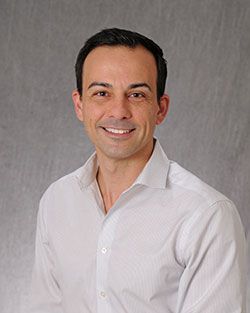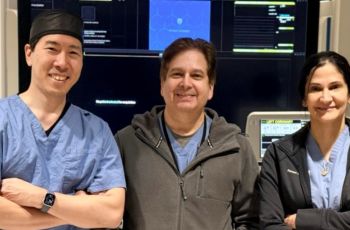
A new review article from researchers at the George Washington University (GW) provides an extensive characterization of state-of-the-art uses for toll-like receptors (TLR) in HIV eradication.
The article, published in the October 2019 edition of Frontiers in Immunology, was co-authored by Alberto Bosque, PhD, assistant professor of microbiology, immunology, and tropical medicine at the GW School of Medicine and Health Sciences, and Amanda Macedo, PhD, a research scientist in Bosque’s lab.
TLRs are pathogen recognition receptors capable of sensing small molecular motifs conserved within microbes. Several TLR agonists are in clinical trials for cancer and viral and bacterial infections. Furthermore, multiple TLR agonists have been shown to reactivate latent HIV.
“TLR agonists are unique among the latency-reversing agents characterized to date,” said Bosque. “In addition to their ability to reactivate latent HIV, TLR agonists also increase immune activation and promote antiviral responses.”
The authors looked at preclinical and clinical studies using TLR agonists either alone or in combination with other HIV eradication approaches and showing a variety of responses. Through their review, the authors identified several factors that could influence the response to TLR agonists, including the timing of anti-retroviral therapy initiation, the length of treatment, the cellular composition of the latent reservoir, or the strain of HIV. Furthermore, TLR agonist activity is influenced by the presence of genetic variants in TLRs, as well as biological sex and sex hormones.
“The use of TLR ligands as latency reversal agents has shown promising results in efforts toward HIV eradication either alone or in combination with other therapeutic strategies,” Bosque said. “However, there is a wide variety of response in these initial studies.”
The authors concluded that it is important to continue to investigate TLR agonists as potential adjuvants for novel HIV treatment strategies.
“Targeting Cellular and Tissue HIV Reservoirs with Toll-Like Receptor Agonists,” is published in Frontiers in Immunology.


